Traditional lead generation has always been a numbers game, one that often feels like pushing a boulder uphill. Marketers spend thousands on ads, craft elaborate cold outreach sequences, and design complex landing pages with multi-step forms, all while watching conversion rates hover around 2–3%. The friction is real: every field in a form is another chance for a prospect to abandon the process.
Meanwhile, consumer behavior has shifted dramatically. People expect instant gratification, mobile-first experiences, and transparent value exchanges. They’re tired of giving away their contact information for vague promises of “exclusive content.”
This is precisely why QR codes have emerged as the lead generation tool of 2025. They eliminate friction, meet users where they are (on their phones), and, when combined with monetization, transform passive scanning into active engagement that is measurable, rewarding, and conversion-optimized.
Why QR Codes Are Powerful for Lead Generation

Instant Engagement Through a Simple Scan
The beauty of QR code lead generation lies in its simplicity. There’s no typing URLs, no searching, no forced app downloads. A prospect scans a poster, package, or event badge and, in seconds, is interacting with your brand. This immediacy aligns with mobile-first behavior and yields granular signals (time, place, frequency) that sharpen campaign targeting. See general mobile trends via Statista.
Eliminating Friction from Forms and Landing Pages
Traditional funnels front-load friction: ad click → landing page → long form. Every field can shave 5–10% off conversions. QR flows invert the sequence: deliver value first (content, coupon, reward), then ask for details once trust is established. With social sign-in and device prefill, what used to take 50+ keystrokes now takes one scan and a tap.
Mobile-First Behavior and Real-Time Capture
QR is native to the moment of intent. Someone scanning at a booth or shelf is primed, so you capture the lead while attention peaks. Real-time analytics reveal which placements and CTAs win, enabling on-the-fly optimization rather than waiting weeks for readouts.
Monetization + QR Codes = Stronger Leads
Turn scans into qualified contacts
Launch rewards-first QR journeys that capture consent, enrich profiles, and feed your CRM in real time.
Reward-Driven Engagement (Tokens, Discounts, Loyalty Points)
Monetization creates a genuine value exchange: “scan to earn.” Tangible rewards (tokens, discounts, points) lift opt-in rates and data accuracy, reducing the fake-email problem of old-school gated content. Leads arrive warmer, with higher downstream conversion potential.
Multi-Layer Referrals Turning Contacts Into Ambassadors
Advanced programs give each participant a unique QR or referral link. When friends scan and engage, both sides benefit. Multi-layer tracking compounds reach (Layer 1/2/3) and drives CAC down through network effects, turning leads into micro-ambassadors.
Data Capture With Transparency and Opt-In
Progressive profiling fits QR perfectly: collect minimal info on scan one, request email on the next, enrich profile after value is proven. This approach clarifies consent and simplifies compliance. For wider inbound context, see HubSpot’s guide to lead generation.
Practical Use Cases
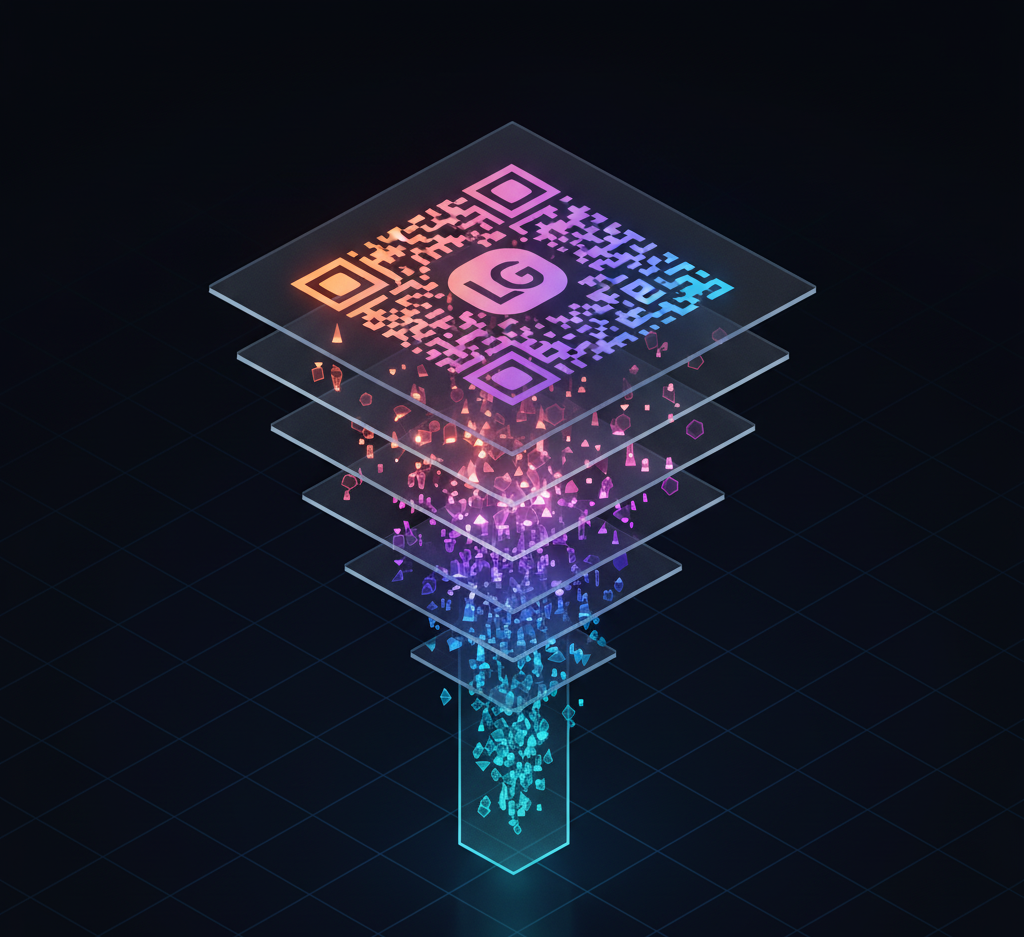
Events (Check-In, Contests, Gated Content)
Replace badge scanners and fishbowls. Issue personal QR codes at registration; reward booth scans with entries, content, or perks. Exhibitors gain engagement trails such as sessions attended, vendors visited, and dwell times, fueling personalized follow-up that can lift conversion from 5–10% to 20–30%.
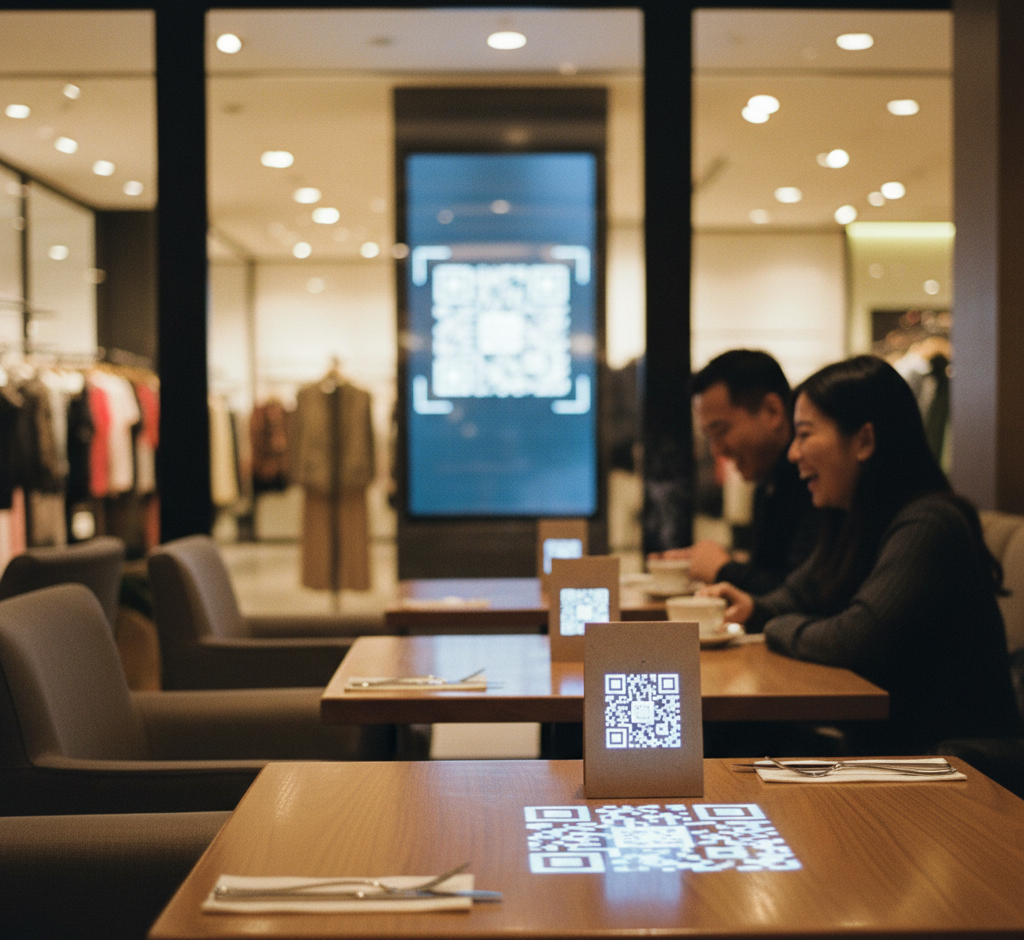
Retail and Restaurants (Menus, Coupons, Reward Campaigns)
In retail, place QR near fitting rooms or new arrivals with a clear hook like “Scan for 15% off online.” In restaurants, evolve from menus to rewards: “Scan to join VIP, earn points each visit, free appetizer today.” The scan both captures contacts and boots up lifecycle messaging around behavior.
E-Commerce Packaging (Post-Purchase Upsell, Reviews, Referrals)
Turn packaging into an engagement channel: “Scan to unlock rewards, earn tokens for reviews, referrals, and repeat purchases.” These emails are verified purchasers, so conversion rates are 5–10 times higher than cold acquisition lists.
Case Example: Beauty Brand 3x’s Lead Quality While Cutting CAC by 40%
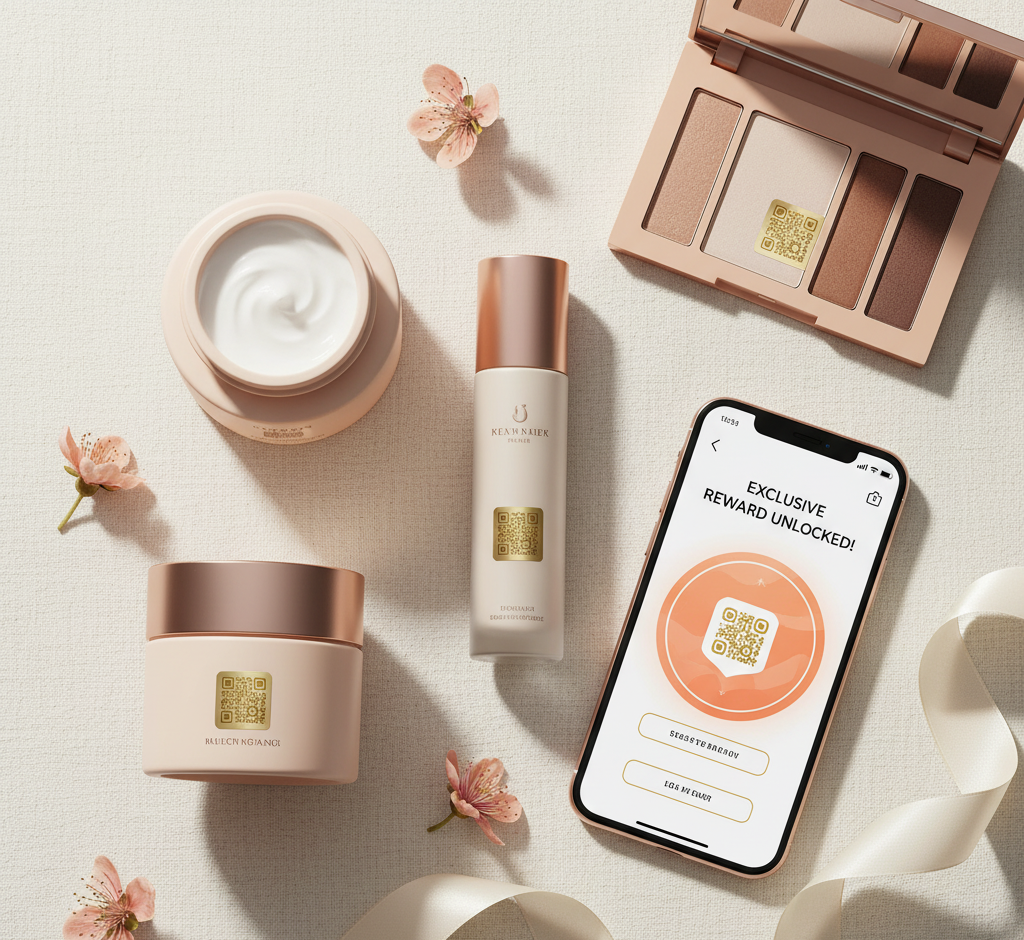
The setup: QR on packaging and retail displays; scan unlocks token rewards redeemable for samples, discounts, or tutorials; built-in referral gives each user a shareable QR.
- 18,500 scans in 90 days; 12,000 new opt-ins (65% scan → email)
- CAC per contact fell from $5 to $3 (including re-engagement)
- Email engagement rose to 42%; 8% of QR leads converted within 60 days
- Referrals drove +3,200 incremental leads at near-zero media cost
Insight: Lead gen improved when value came first and data was captured progressively. Contacts arrived qualified by behavior, not merely by form completion.
Best Practices for QR Code Lead Generation
Dynamic QR Codes vs Static
Use dynamic codes for everything performance-related. They enable post-print URL changes, A/B tests, granular analytics (time, geo, device), expirations, and fail-safes. The flexibility and data advantage dwarf the negligible cost difference.
Tracking + Analytics Integration
Track scan rate (impressions → scans), conversion (scans → contacts), geo distribution, dayparting, devices, and user flows. Pipe events into your CRM or marketing automation with UTMs for proper attribution. Many teams find QR is quietly contributing 20–30% of total leads once attribution is fixed. For broader industry perspective on adoption, see the Forbes Tech Council.
CTA Placement and Design Tips
- Visuals: preserve quiet zone; minimum around 2×2 cm; high contrast; branded codes are fine but should be tested.
- Copy: value-forward beats generic (“Scan for 20% off” is stronger than “Scan here”); add urgency sparingly.
- Placement: eye-level, dwell zones (queues, checkouts), relevant context (shelf displays), good lighting. Field-test typical distances.
VISU Advantage
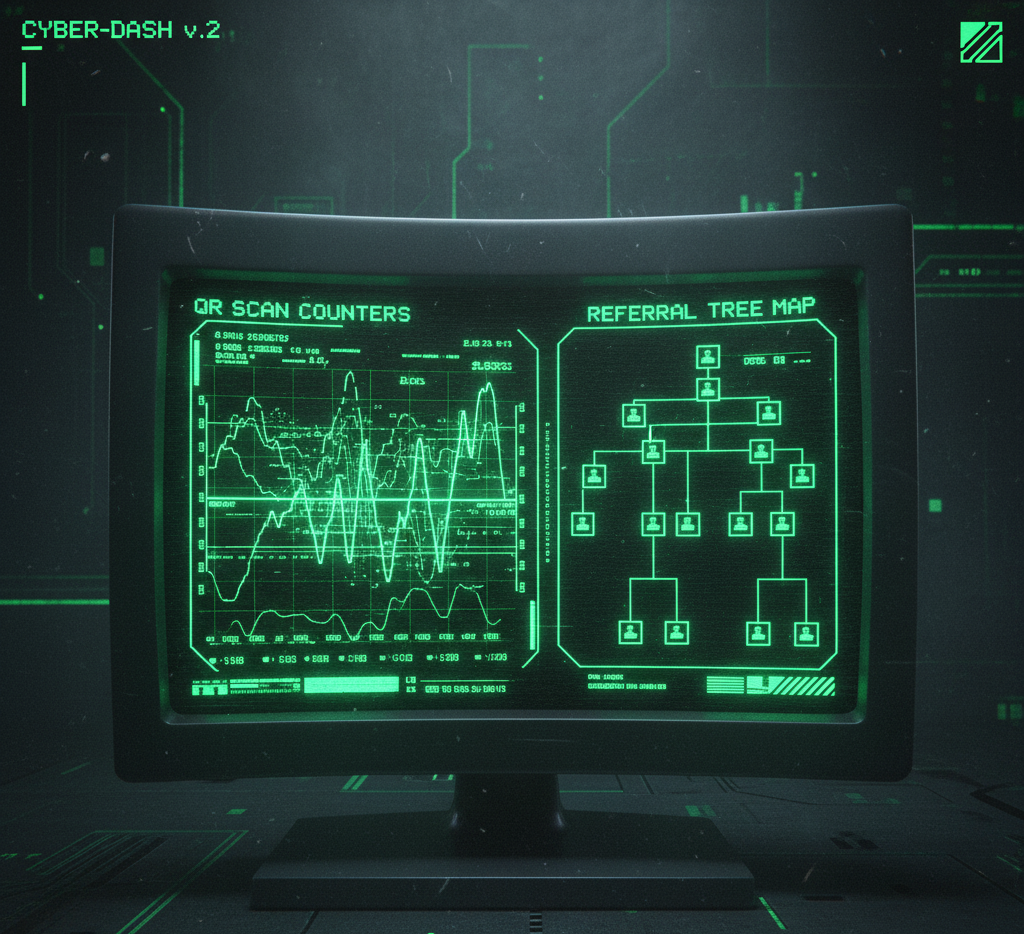
Monetization Built-In
VISU turns every scan into a value exchange with tokens, discounts, and partner perks, boosting opt-ins and powering loyalty from the first interaction.
Dashboard + Campaign Analytics
Real-time funnels, cohort and placement comparisons, referral mapping, ROI modeling, CRM and marketing automation integrations, so you optimize continuously rather than quarterly.
Revenue-Sharing & Network Effects
The VISU model aligns incentives for ongoing success and unlocks multi-brand campaigns where shared QR experiences expand reach for all participants.
Conclusion
QR codes evolved from shortcuts to lead engines. Combined with monetization, they fix the core problems of old funnels such as friction, weak value exchange, and low lead quality. The outcome is warmer contacts, higher conversion, and lower CAC across events, retail, and packaging, plus cleaner data for smarter lifecycle marketing.
As 2025 progresses, the question is not whether to adopt QR in lead generation, but how fast you can deploy it effectively.
Create high-intent leads from every scan
Deploy rewards-first QR flows with attribution and CRM sync to see lift in opt-ins and downstream conversion.
FAQ: QR Codes for Lead Generation
How do QR codes improve lead quality vs. forms?
They front-load value (coupon, reward, content) and capture intent at the moment of scan, reducing fake data and boosting opt-in rates.
Do I need dynamic QR codes?
Yes for performance: dynamic routing enables A/B tests, post-print changes, expirations, and granular analytics.
Can I run rewards without an app?
Yes. Cameras scan natively and the reward or personalization runs on the landing page. VISU handles tokens, rules, and attribution.
How do I connect scans to my CRM?
Use UTMs, webhooks, or native integrations so scan and opt-in events flow into your CRM or marketing automation with source and placement preserved.
How do I prevent abuse?
Apply rate limits, device and geo verification, anomaly detection, and per-period caps to keep the reward economy clean.
